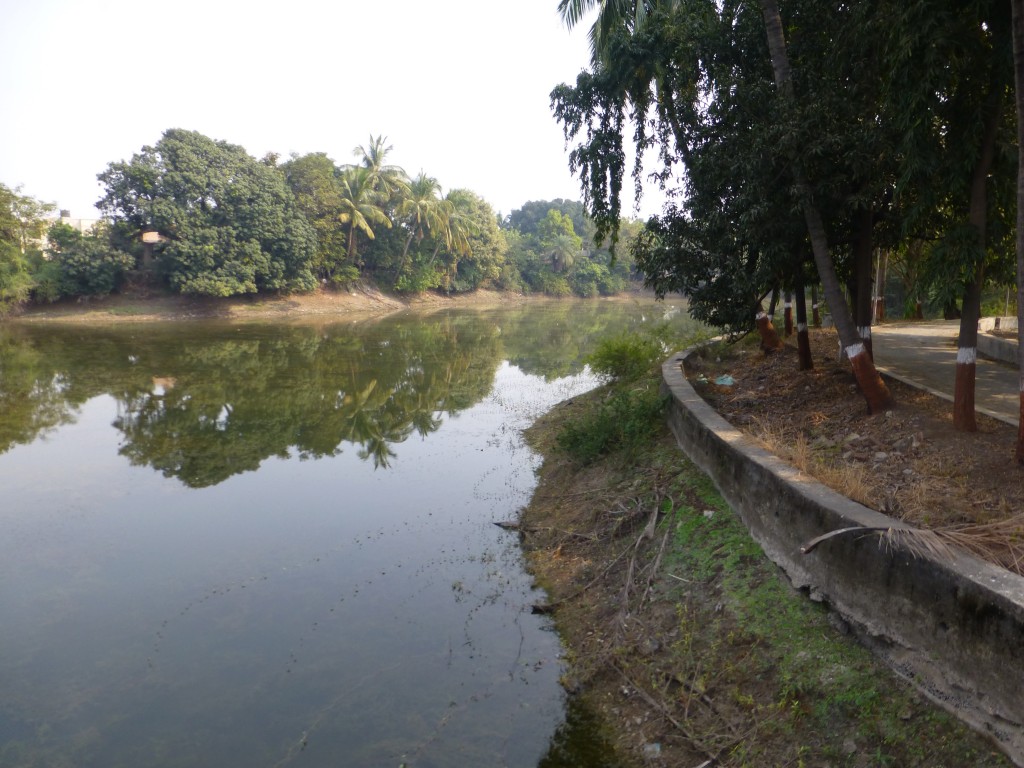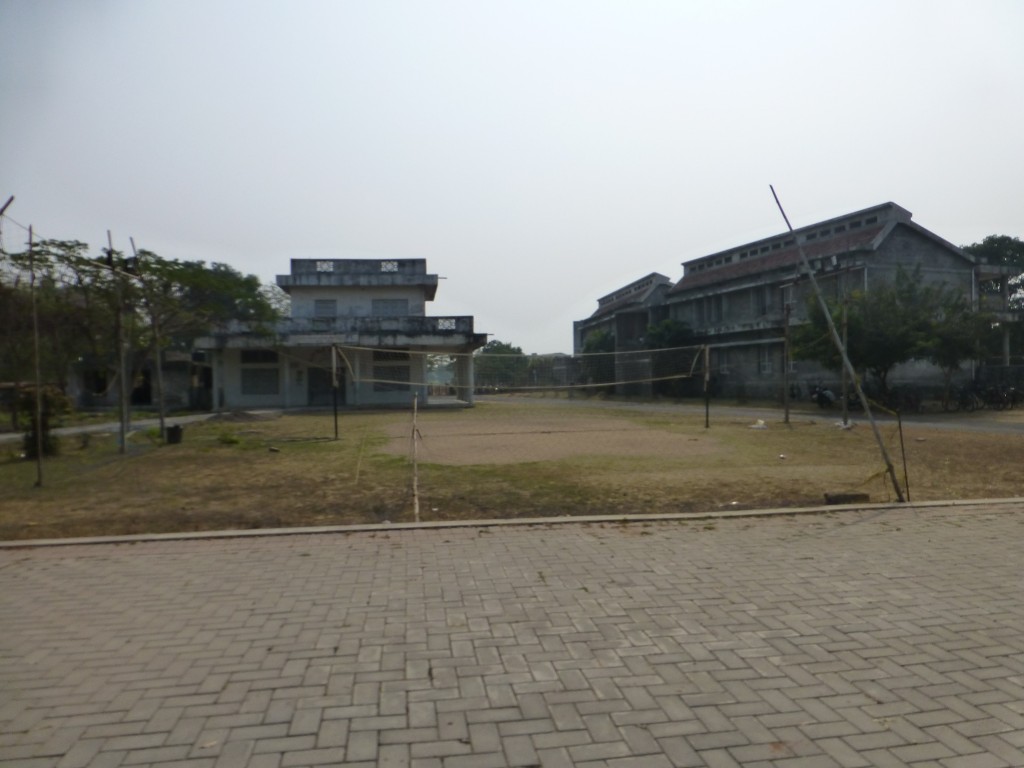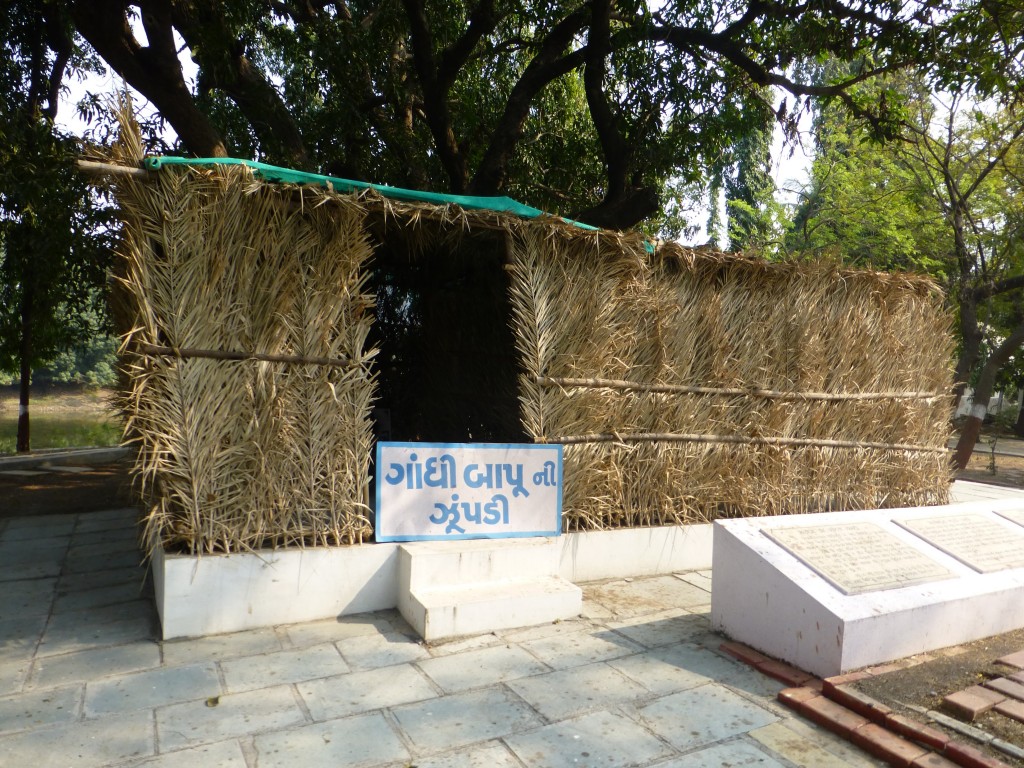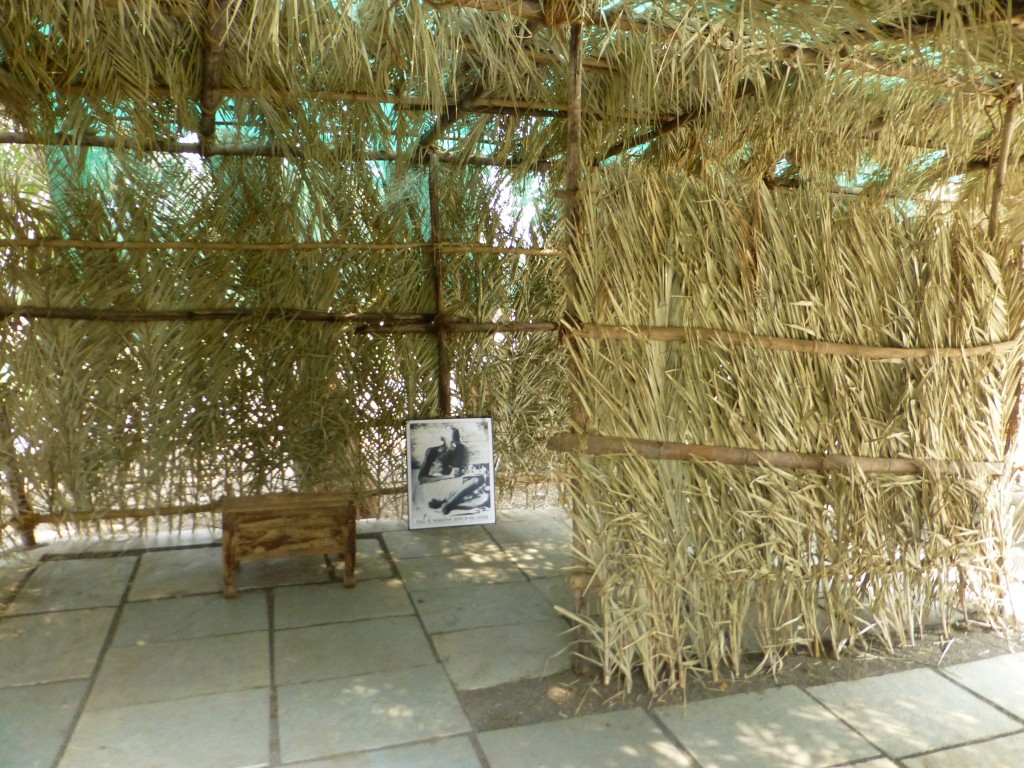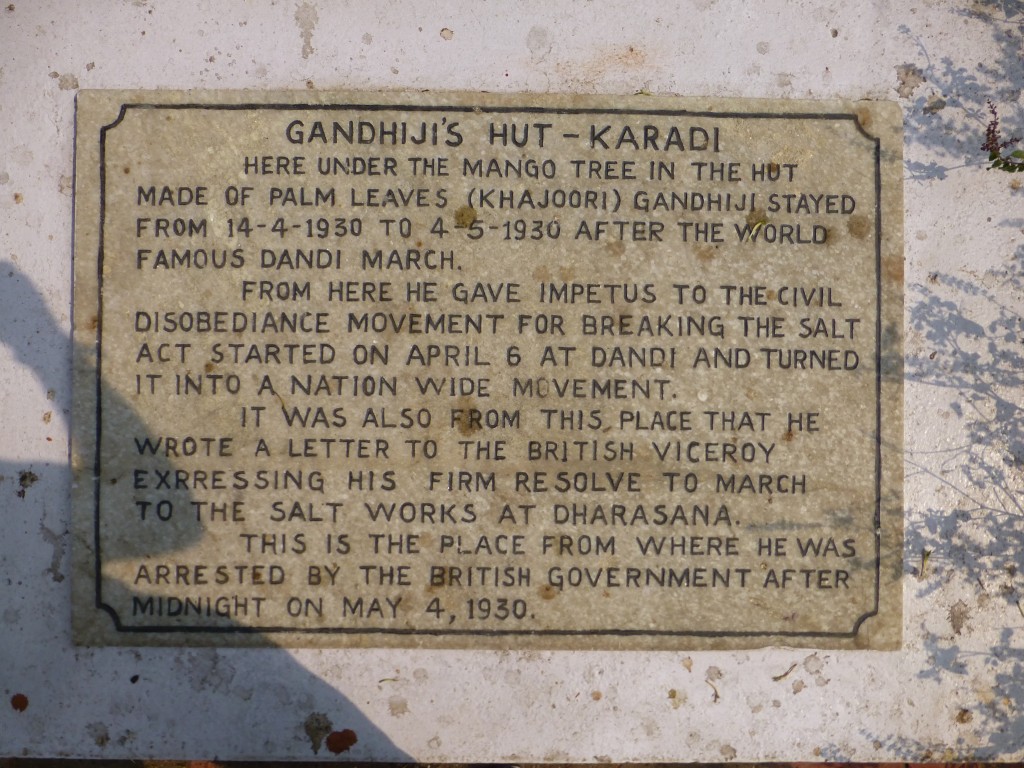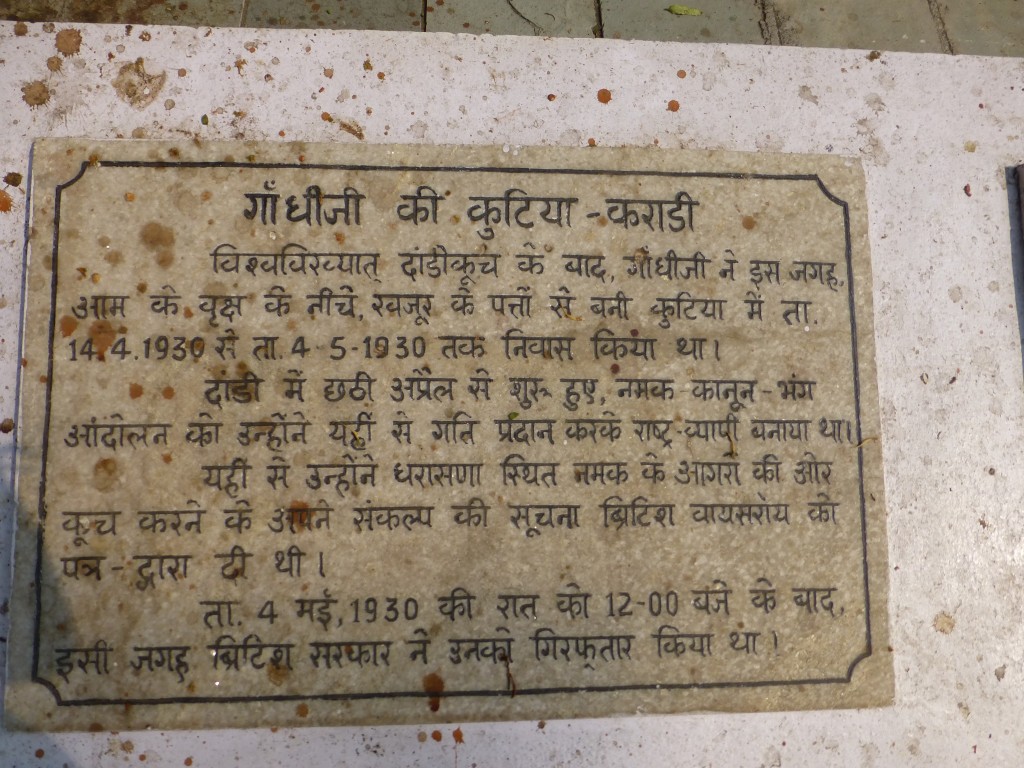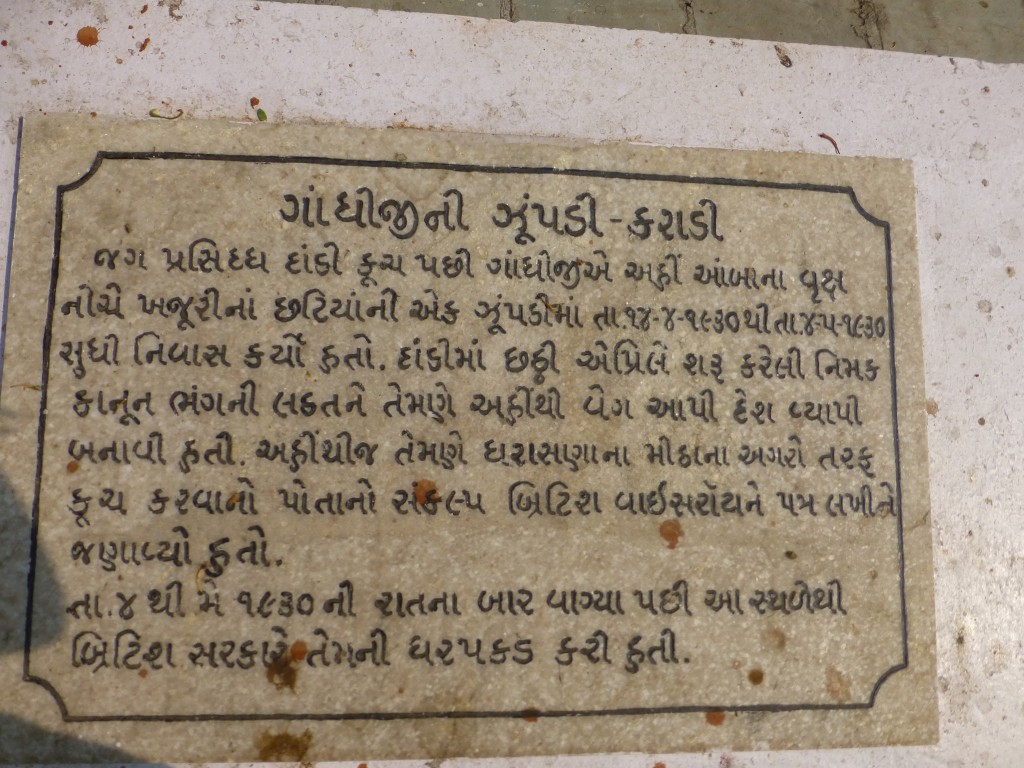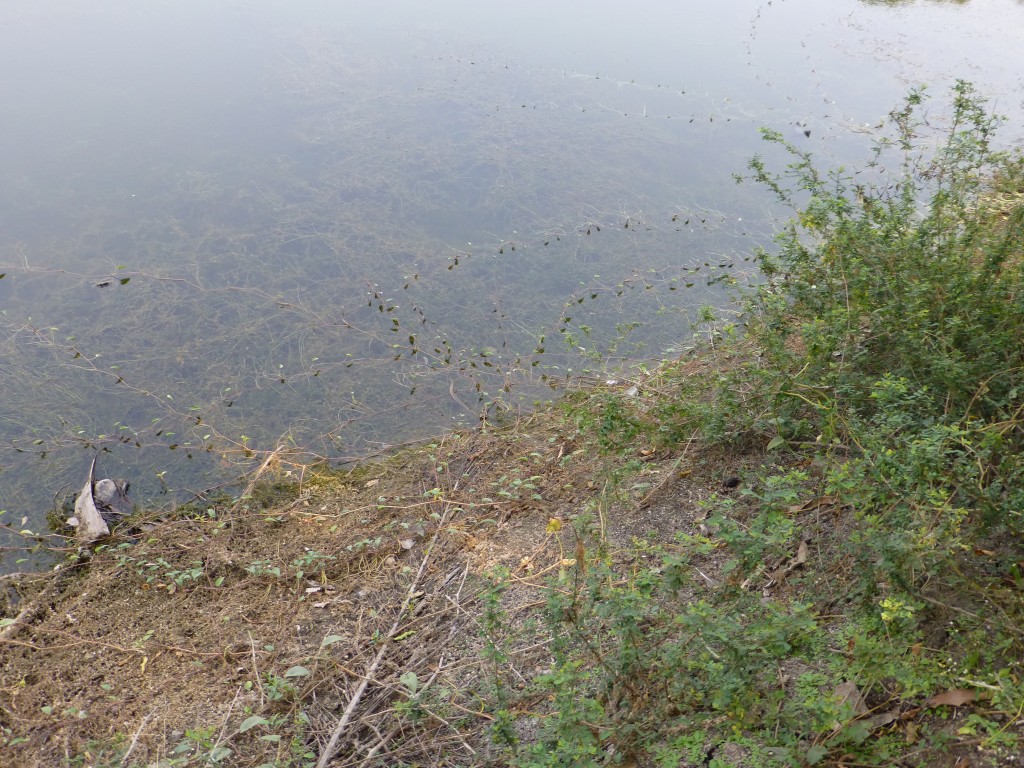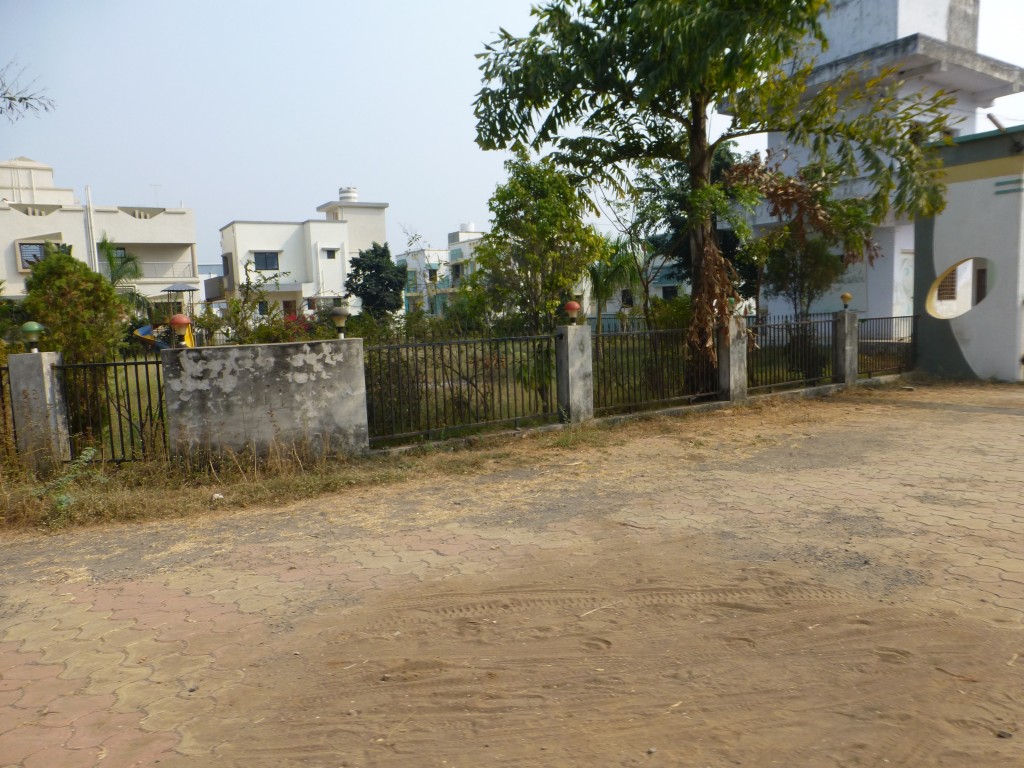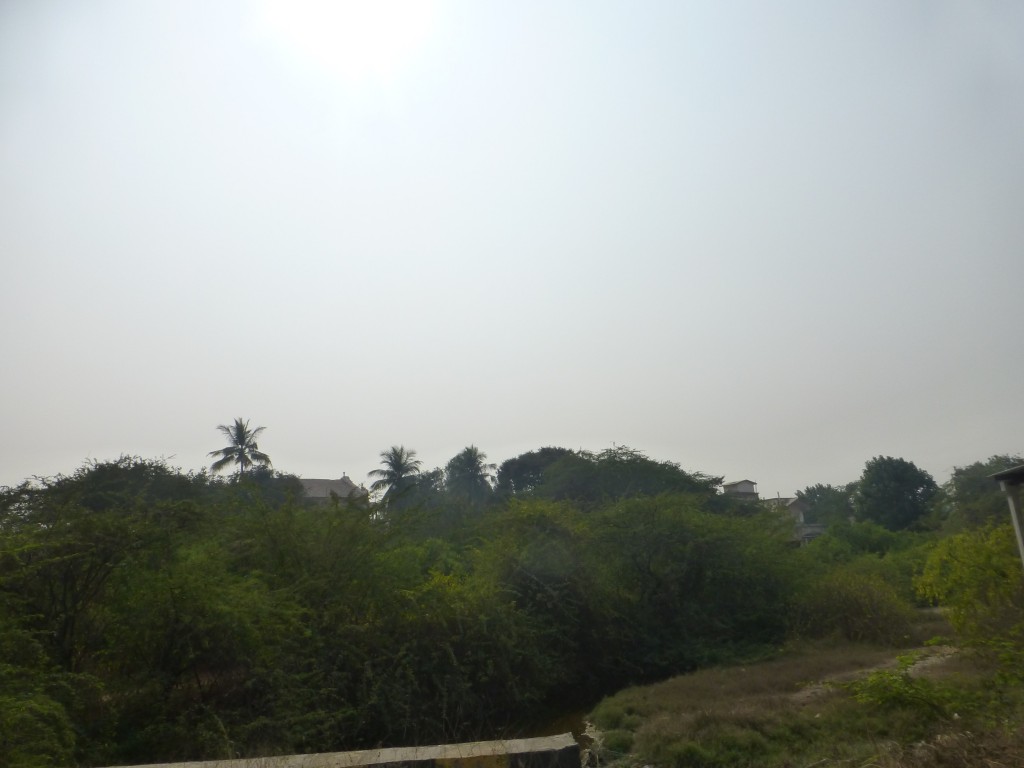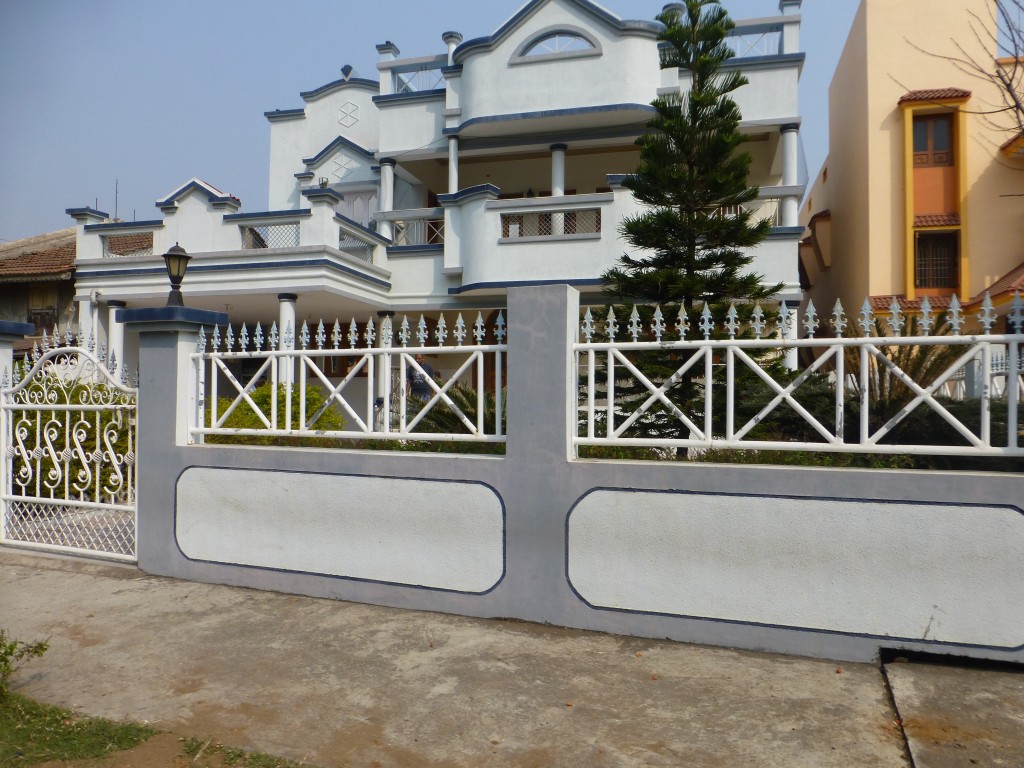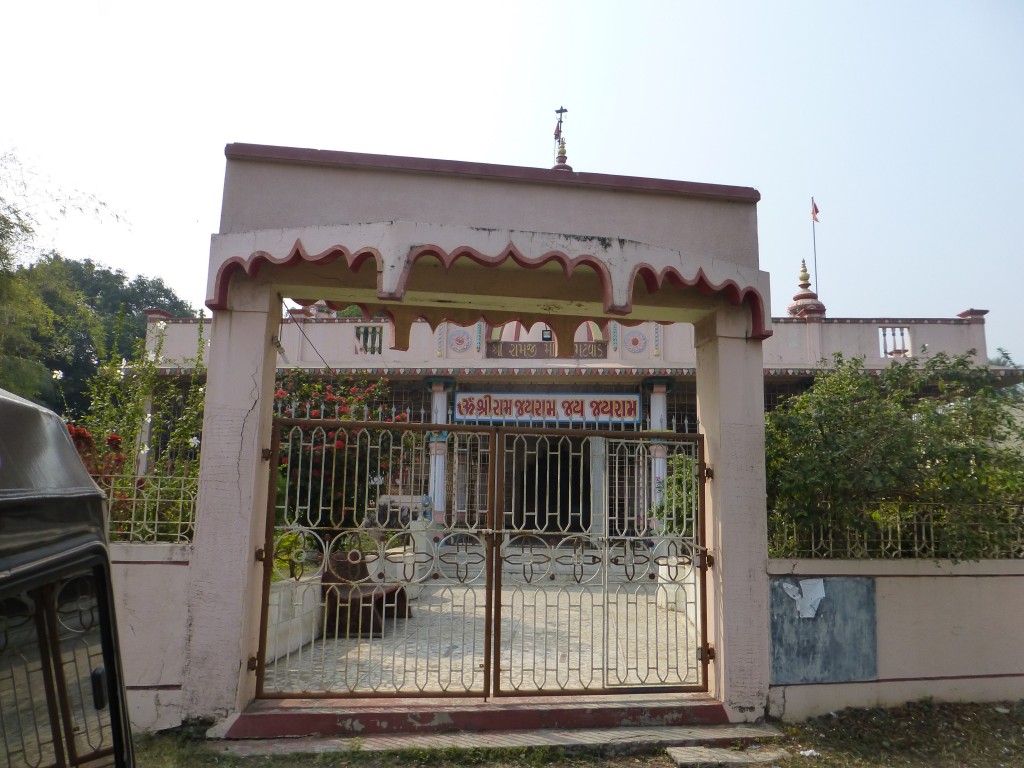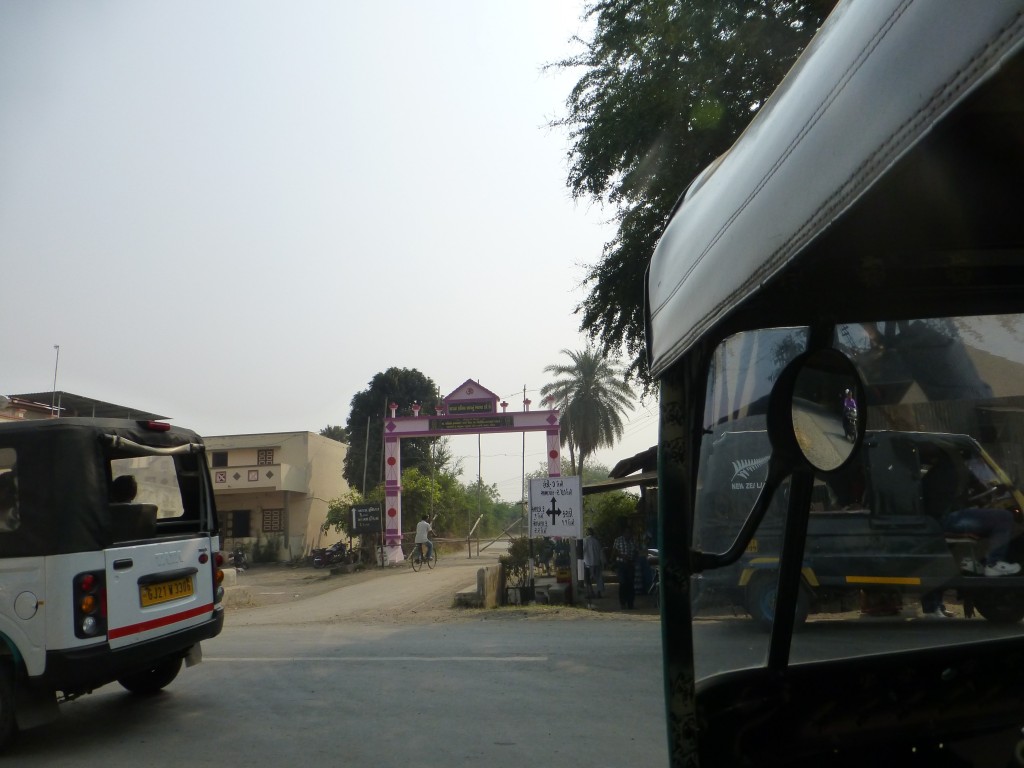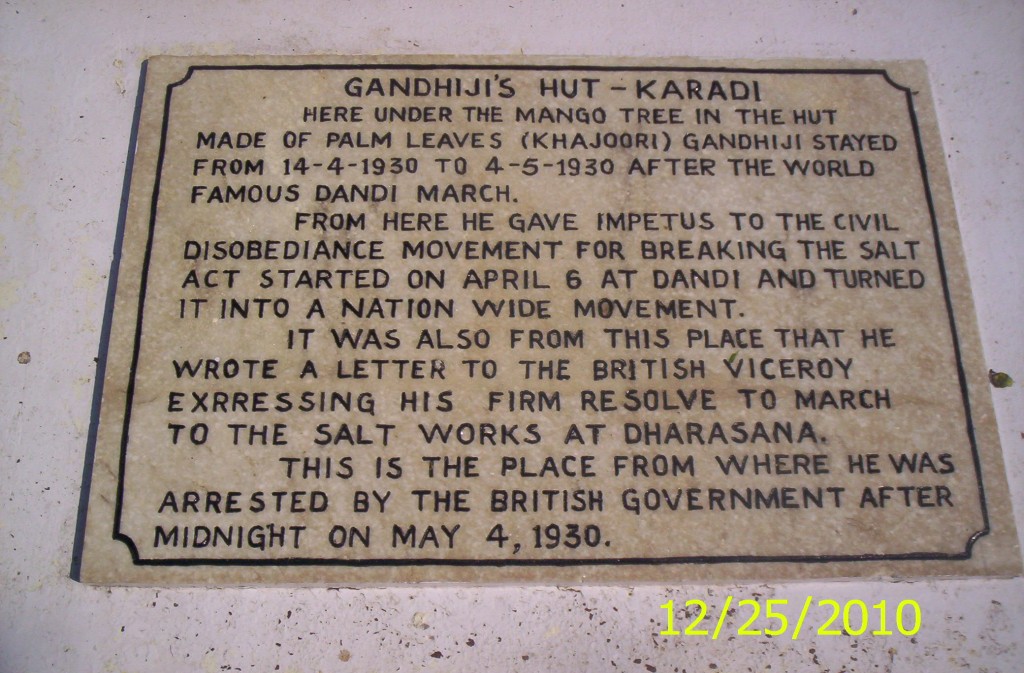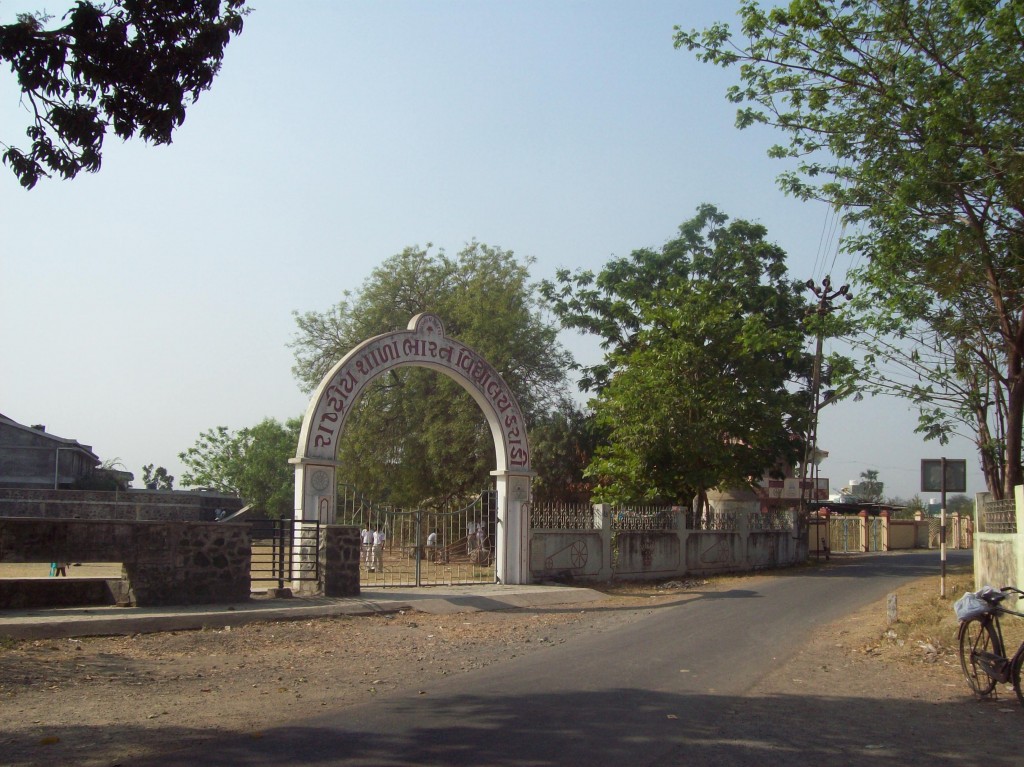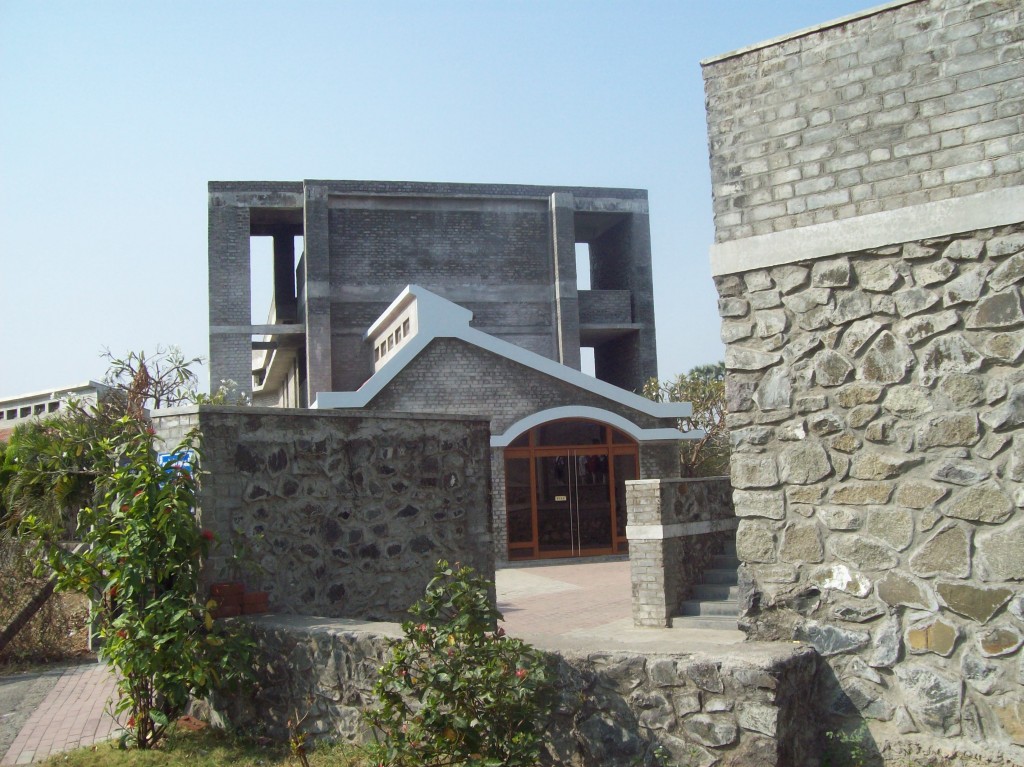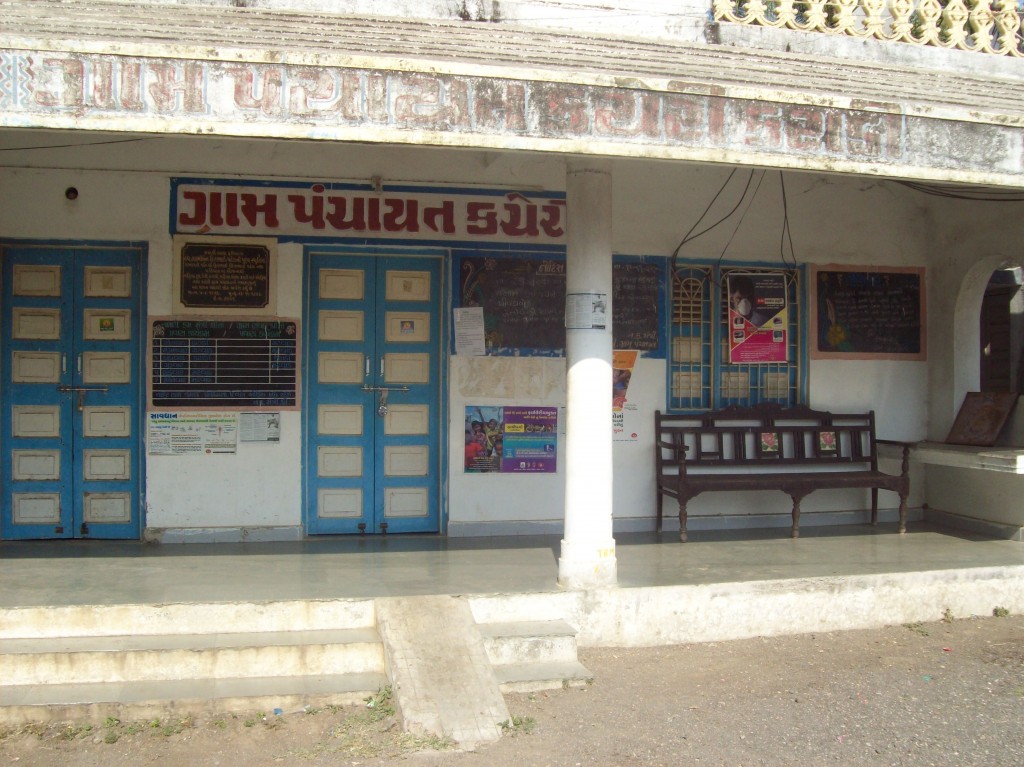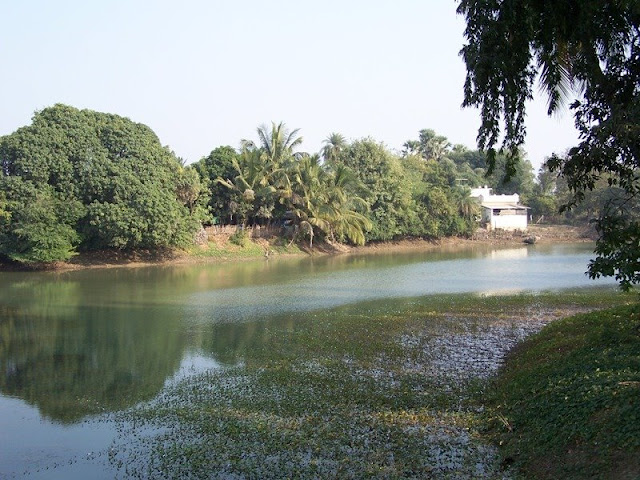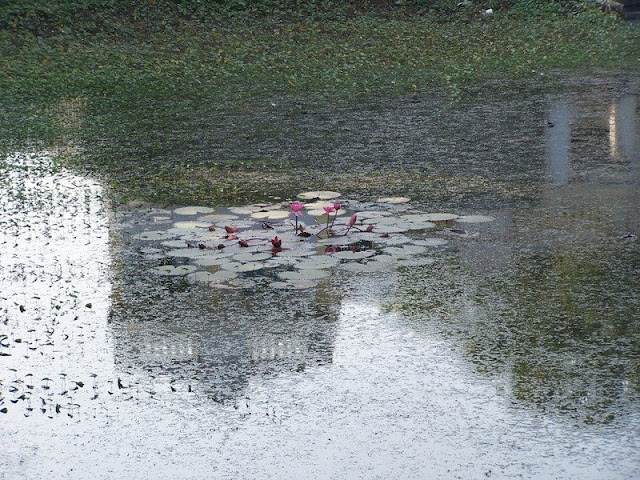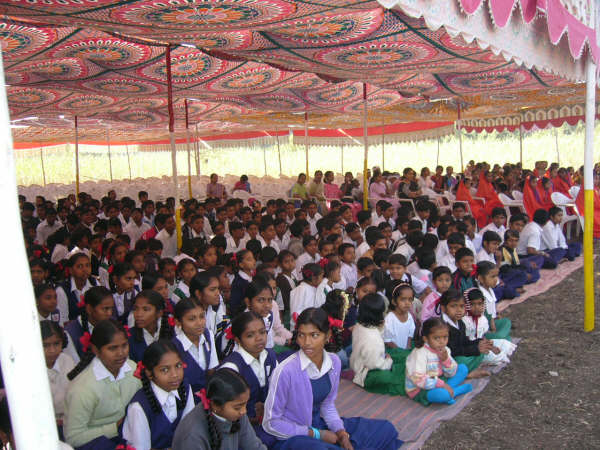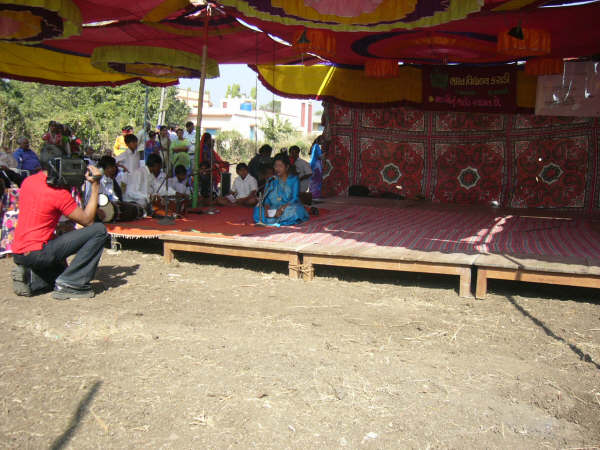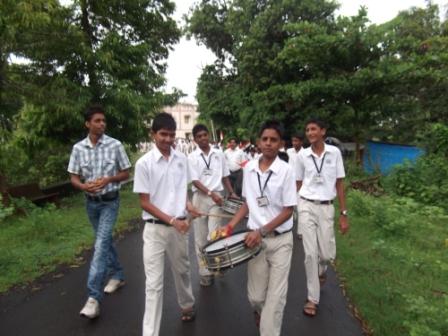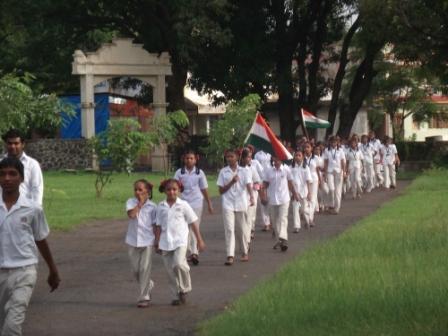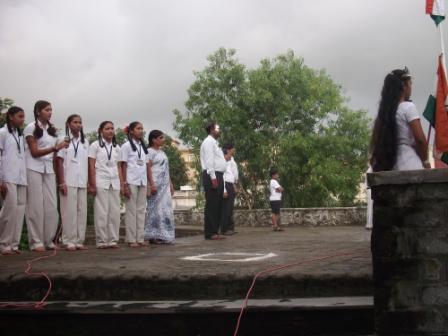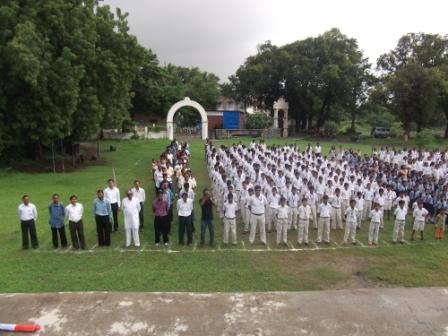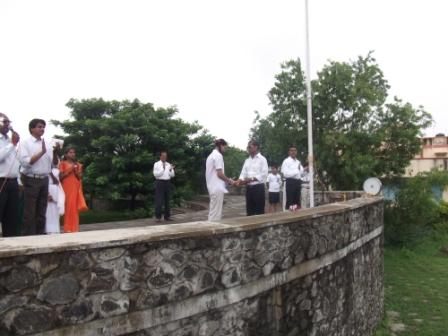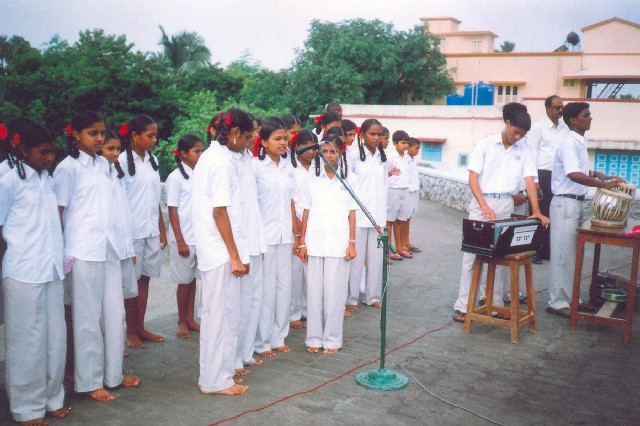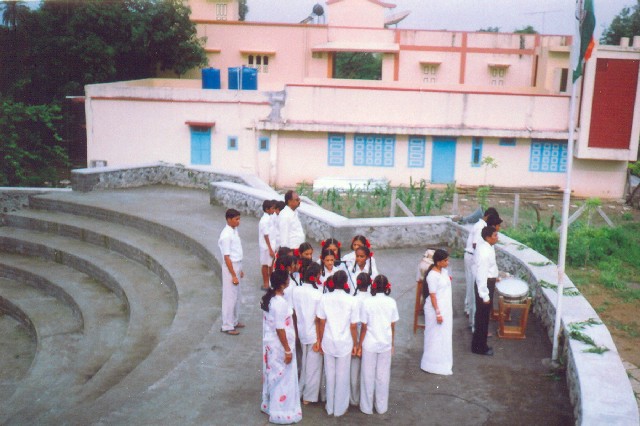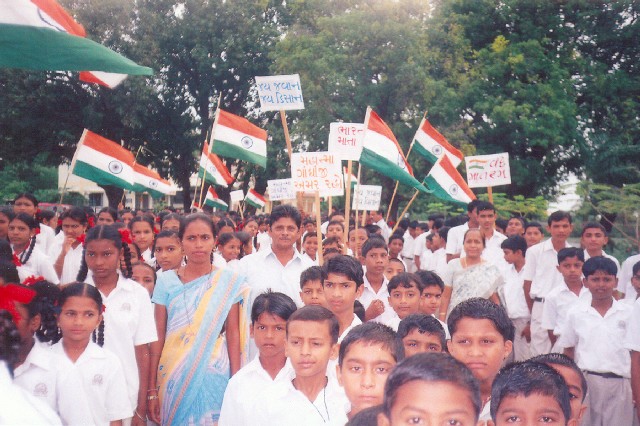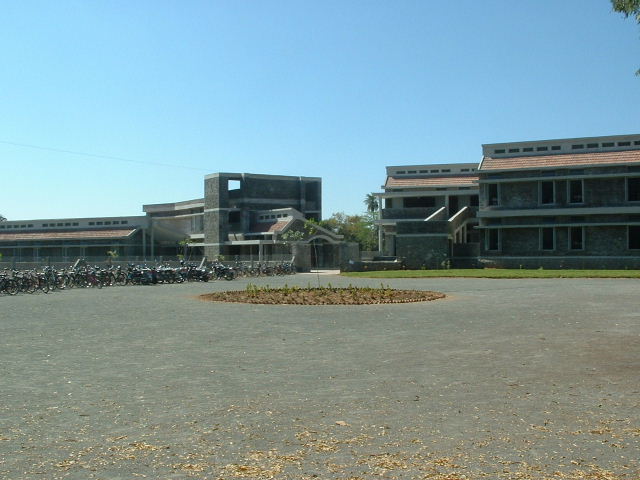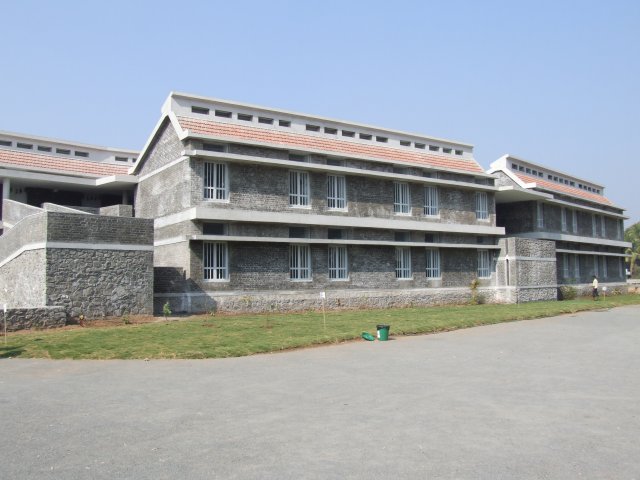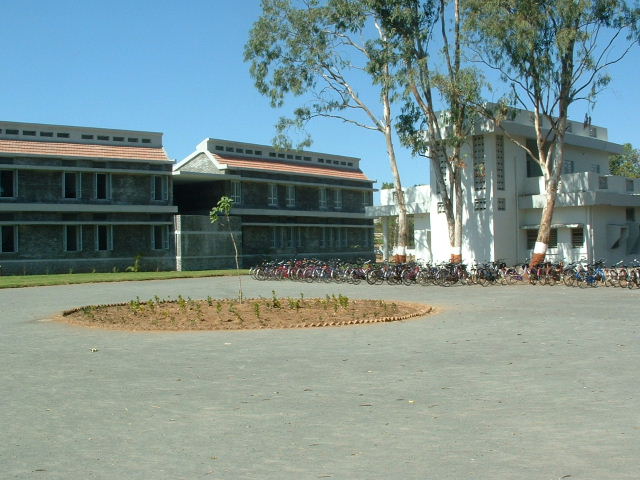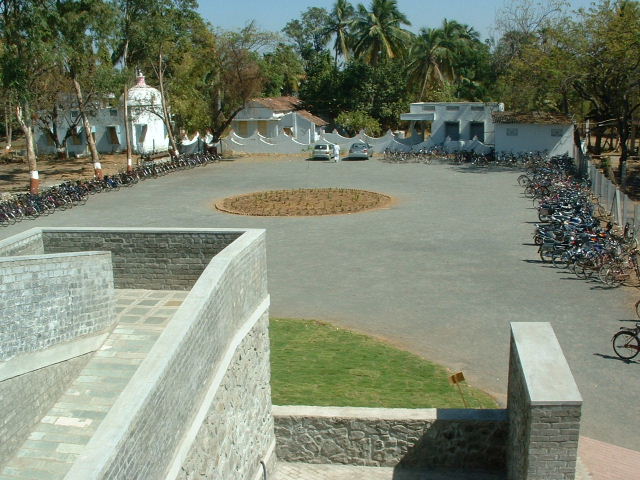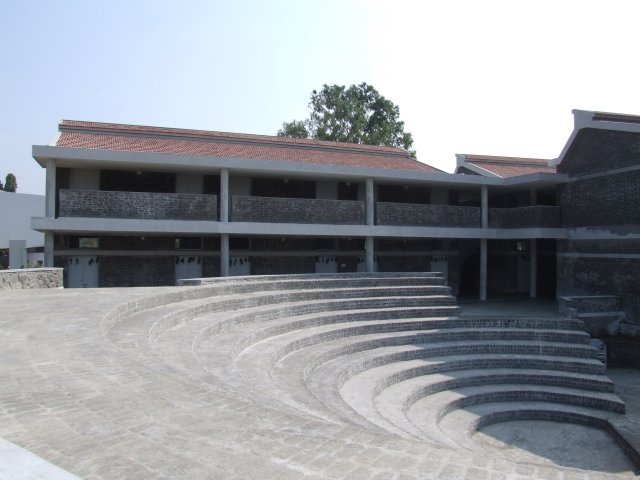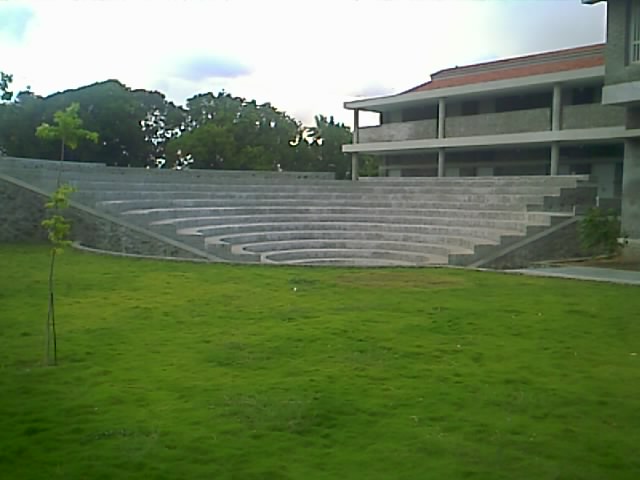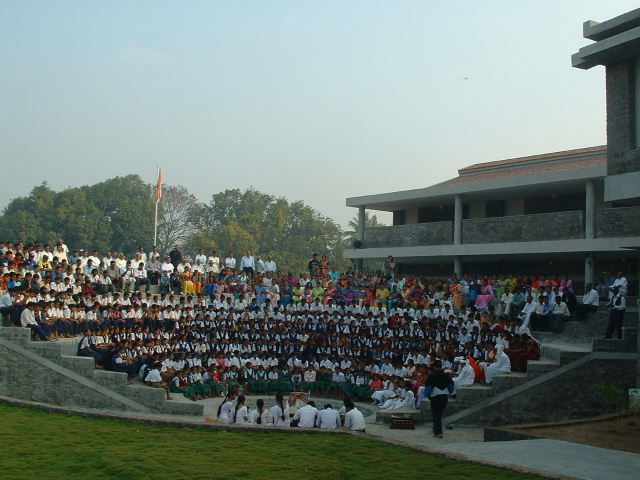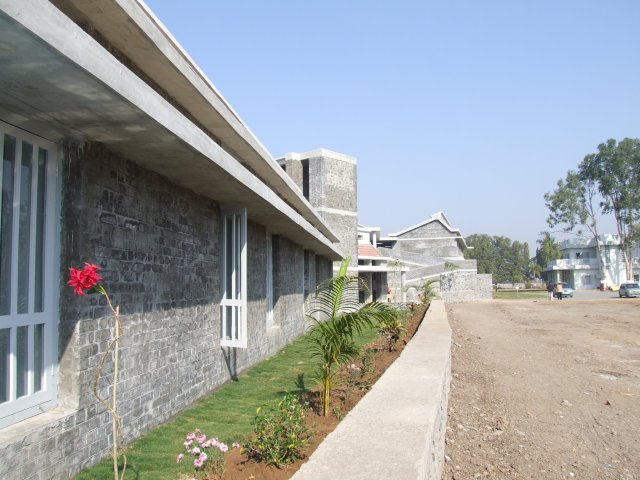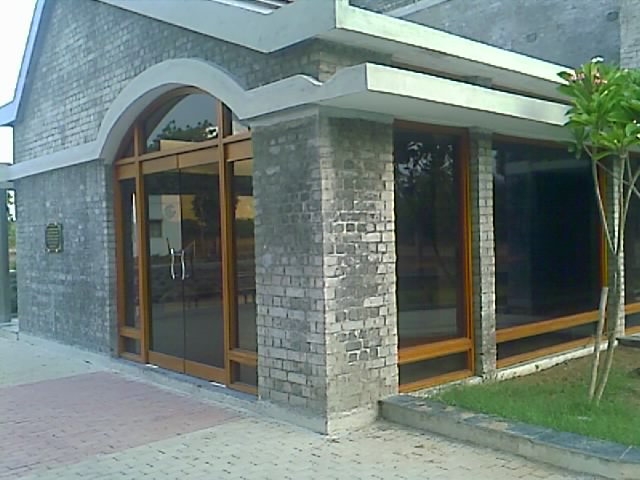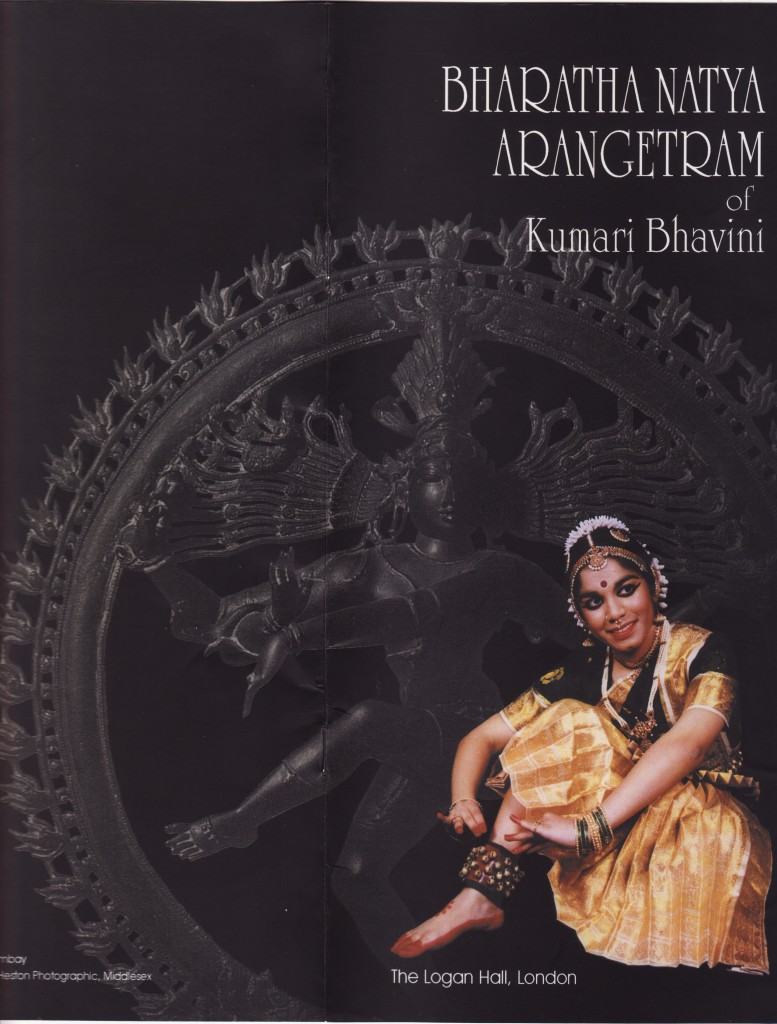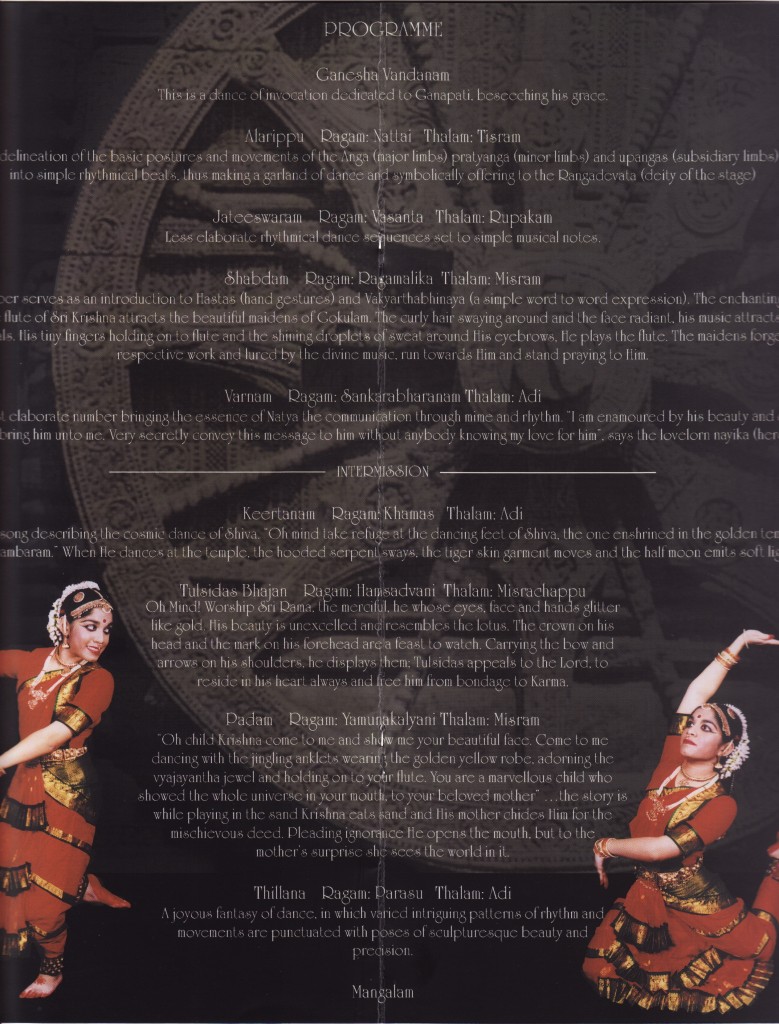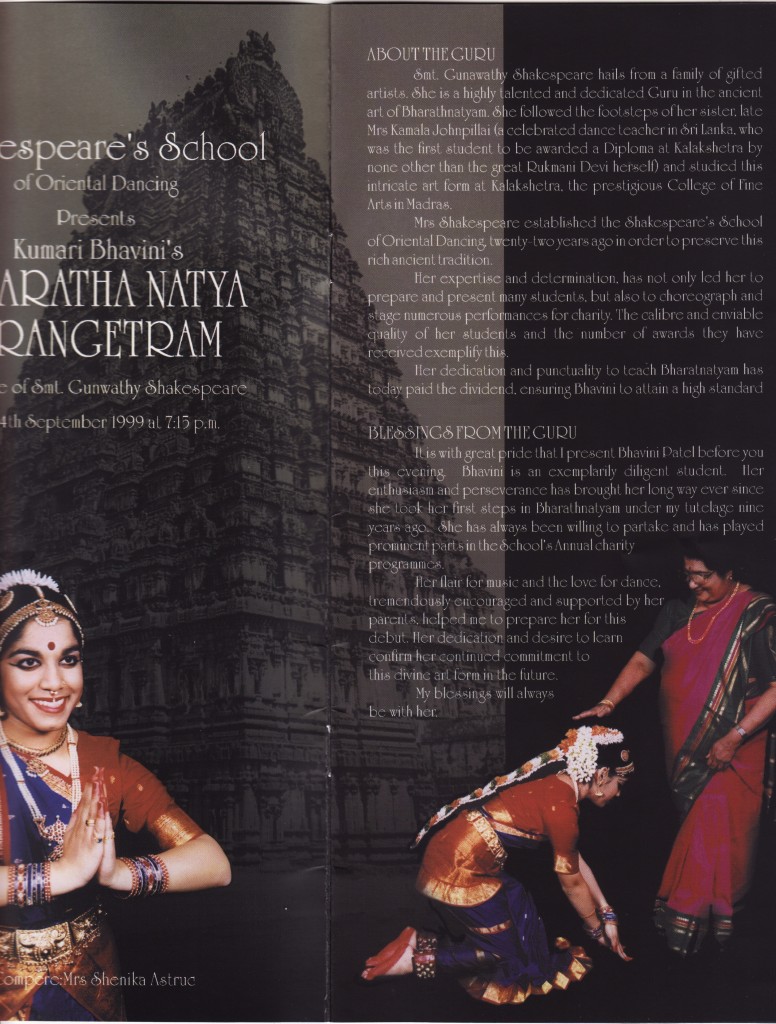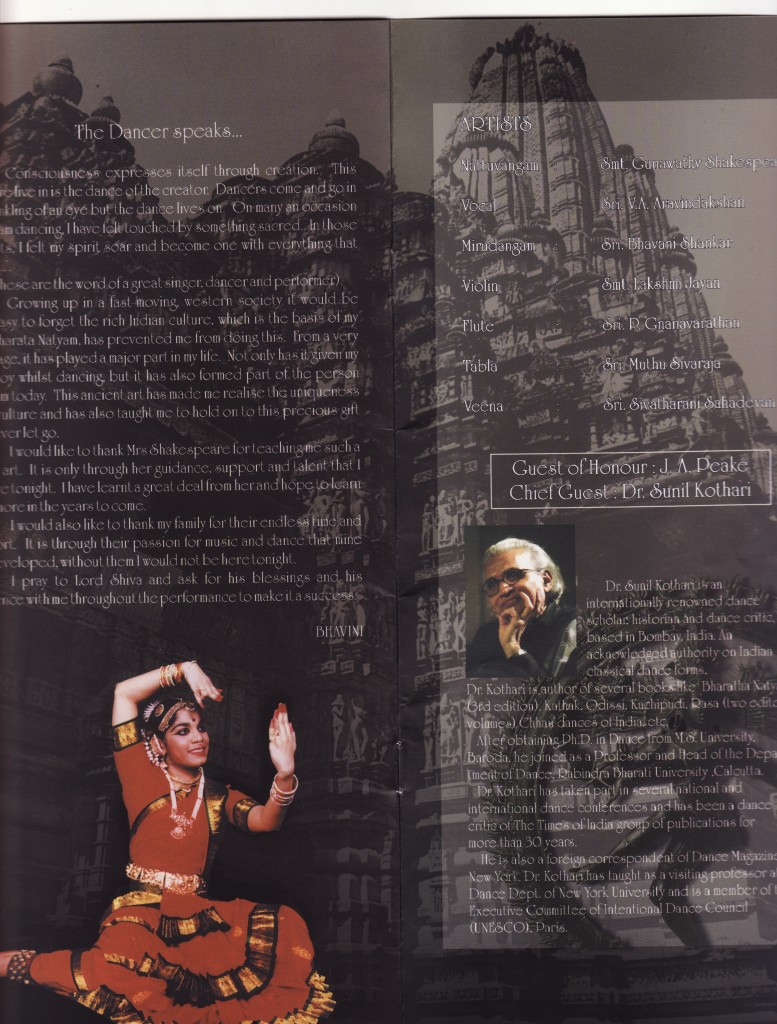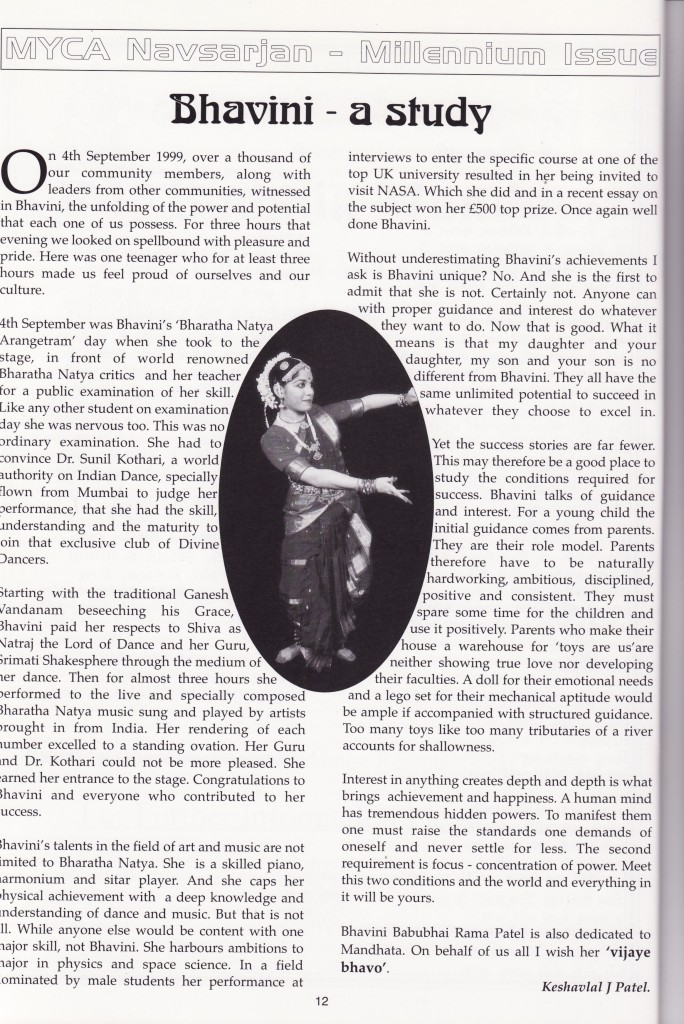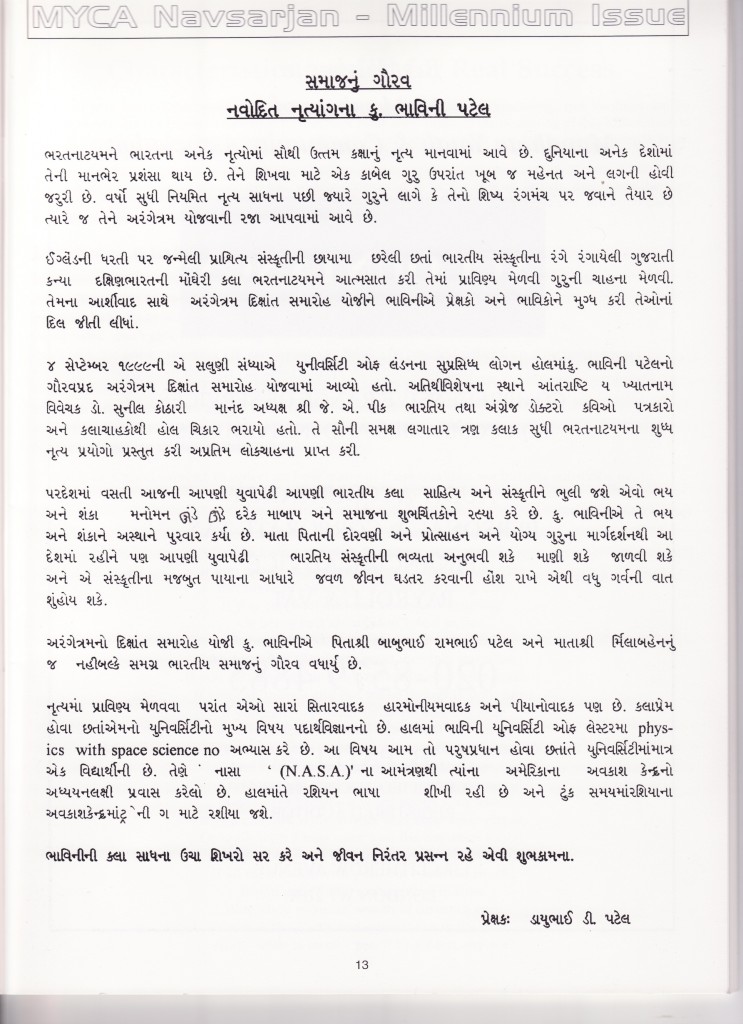Karadi School Entrance.
Karadi School Main Office.
KARADI SCHOOL -VIEW FROM GANDHIJI MUSEUM
Karadi Taleti Office
A Very Noteworthy Achievement
(Here is a very short introduction to Bharatnatyam before I introduce the Arangetram of Bhavini Babubhai Rama Patel from our Mandhata Samaj).
Bharat Natyam
Bharatnatyam is one of the oldest form of Indian Classical Dance and still the most famous and widely performed and enjoyed, not only in India but in many parts of the world, both by Indians and others. Even today the Bharatnatyam performed at its highest perfection have (in the words of Ruth St. Denis) “the power to reach out and touch and become a means of communication between soul and soul to express what is too deep, too fine, for words.
The root of all Indian Classical Dance forms, including Bharatnatyam, evidently emerged from distinct dance formations based on the literary works found in the Bharat’s ‘Natya Shastra’ dated 2nd Century BC. The original literature work written on palm leaves can be still seen at Tanjore Library.
It is said that all dance forms are structured around the nine rasas or emotions. Hasya (happiness), Krodha (anger), Bhibaysa (disgust), Bhaya (fear), Viram (courage), Karuna (compassion) Adbhuta (wonder), and Shanta (serenity). The different kinds of postures, the mudras or the different formations by hands or movements of head, eyes and eyebrows or different facial expressions each depicting a particular meaning, inspiring to one several of the above emotions.
Bharatnatyam dance can be best symbolized by dividing into nritta (the pure and rhythmic), nritya (dance to an expressive posture) and natya (the dramatic mode). To perform and appreciate Bharatnatyam, one has to understand the Indian folk melodies as most dance forms take their themes from India’a rich mythology and folk legends.
A Bharatnatyam student has to undergo years of rigorous training and practice regularly under a trained teacher to master the control of expressions through body posture, facial mobility and hand movements.
After years of regular dancing practice, when the Guru (teacher) feels that the student is ready to perform she/he is presented on the stage for the performance of classical dance for the first time in front of the public in an ARANGETRAM.
Arangetram means ascending of the stage. It is the first stepping stone towards the art of Bharat Natyam and in this programme the student dancer displays her full personality and ability as a Bharat Natyam Dancer.
This is a rare occasion and only a student who has patience and devotion towards the art can reach the stage of Arangetram. It is a formal introduction of the student to the stage.
It is an auspicious day for both the Guru (teacher) and Shishya (student). It signifies the pupil’s transition from being a student to a mature and accomplished performer.
Arangetram consists of a set programme of nine classical Bharatnatyam dance performances each depicting a multiple of human emotions and lasts three hours.
Performed in the presence of world renowned Bharatnatyam scholars, critics, teachers and public, this is a test of her/his achievement in this divine art form.
BHAVINI Babubhai Rama Patel.
Bhavini is the daughter of Shree Babubhai Rama Patel and Mrs. Urmilaben of Karadi, in Navsari, Gujarat. She was born and brought up in London, UK. She studied dance and music in London and since her Bharat Natyam Arangetram has qualified as an aeronautical engineer/Space scientist. While she has gone on to make a name for herself as an aeronautical engineer, she has maintained close affinity with Indian dance, music and various other aspects of Indian culture, tradition and philosophy.
Bhavini studied Bharat Natyam with the Shakespheare’s School of Oriental Dancing under Smt. Gunwathy Shakespheare in London.
Her Arangetram took place on 4th September 1999 at The University of London’s The Logan Hall in central London in the presence of Dr. Sunil Kothari, the internationally renowned dance scholar as the chief guest. Over a thousand people along with the Guest of Honour J. A Peake, her headmaster at St. George’s School the time, and other dignitaries from the world of dance and music attended her Arangetram.
The photographs below give a glimpse of her big day.
This was an important programme in the Indian Dance calendar of London and various local newspapers and Janmabhumi Pravasi and Gujarat Samachar in India wrote articles and printed photos praising her superior performance.
I and Dahyubhai D Patel wrote the following for Mandhata Navsarjan, our Samaj’s London magazine:

